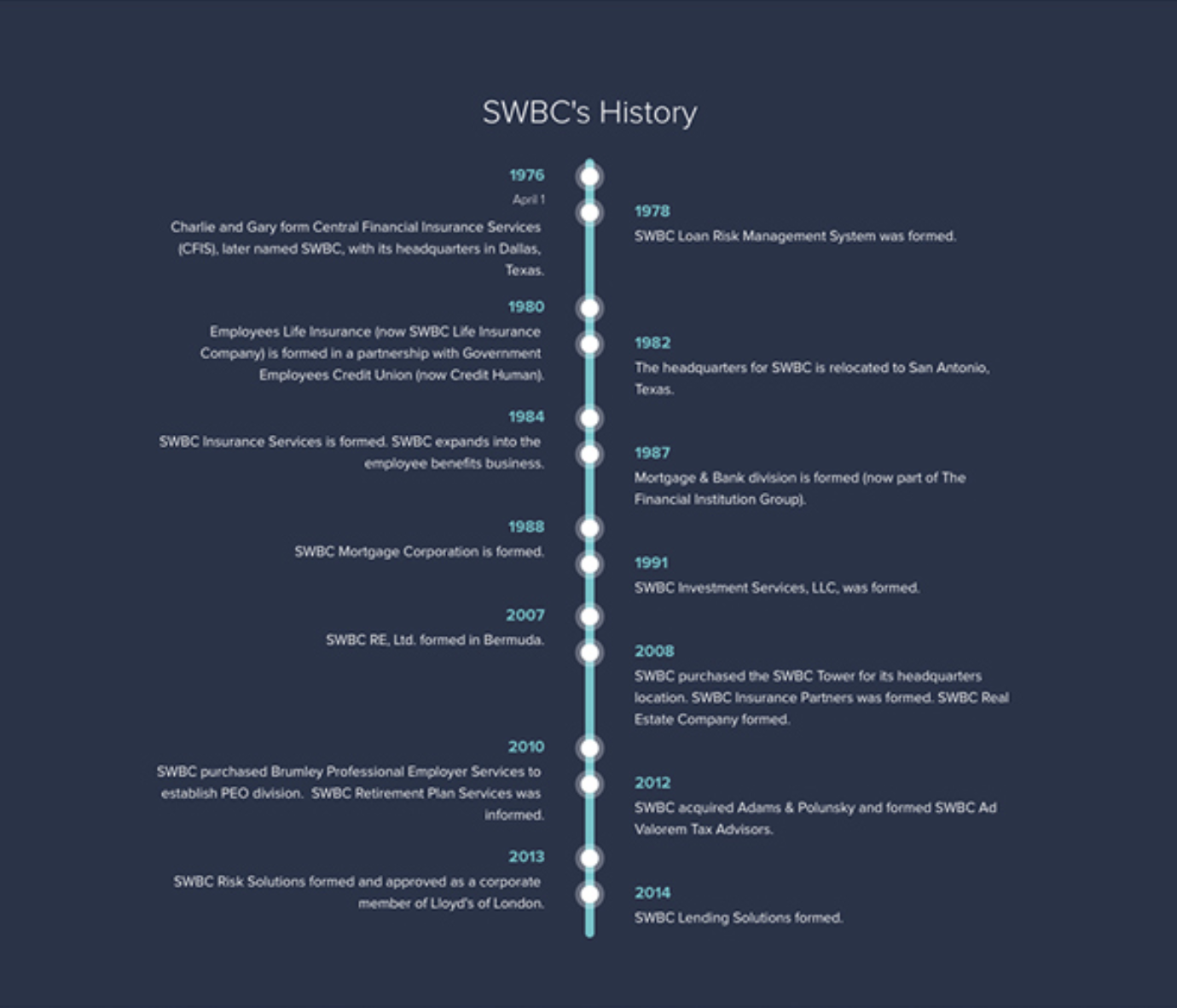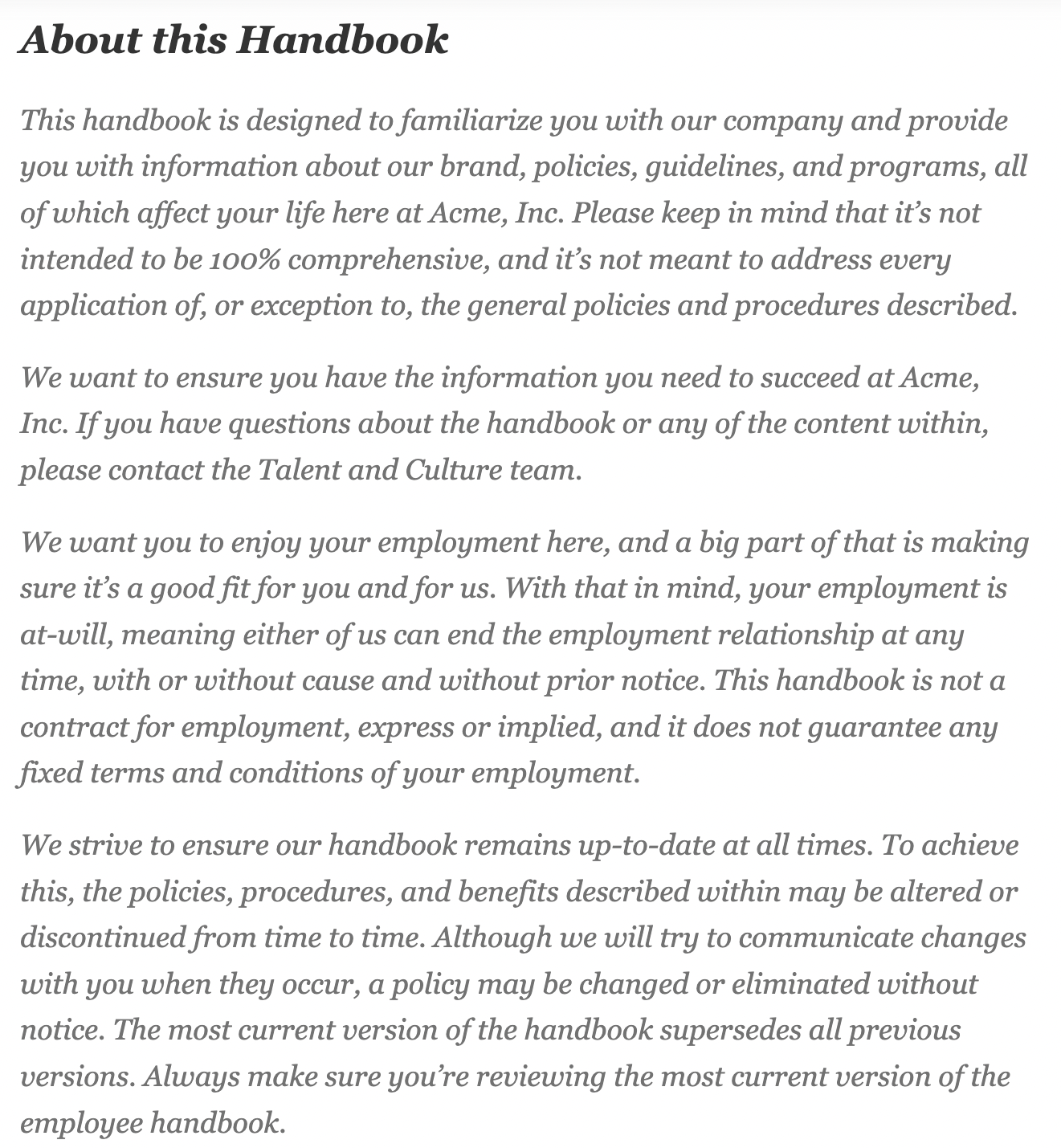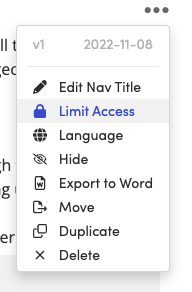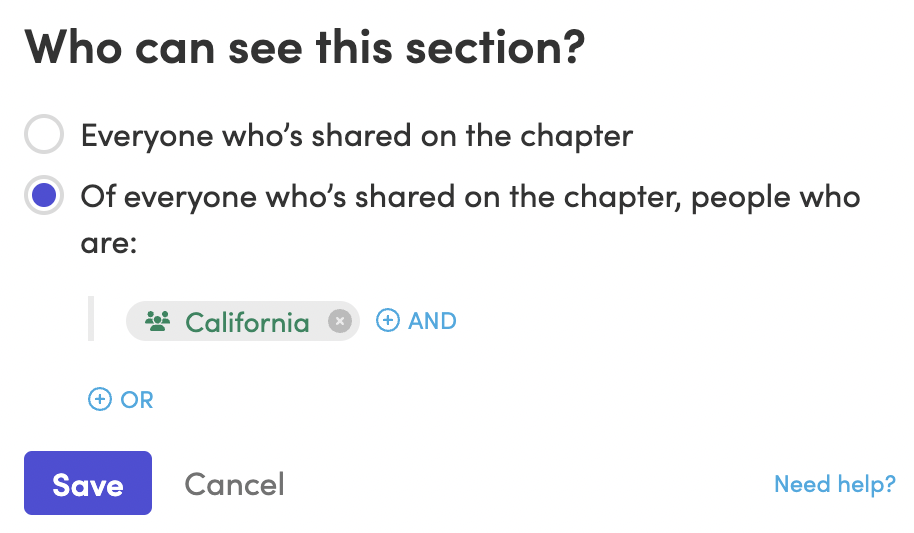How to Create an Employee Handbook Outline
Creating an employee handbook can be challenging, especially when you’re starting from scratch. The best employee handbooks begin with the same first step: developing an effective outline. Not only does an outline provide clear direction for your project, but it also ensures you’ve identified the content to include.
Whether you’re drafting for the first time or revising an existing outline, you’re in the right spot. In this article, we’ll talk about what policies you should include and how to organize them.
Topics to Include in Your Employee Handbook Outline
The first step in the employee handbook creation process is figuring out what topics to include. At Blissbook, we work with employee handbooks every day—and we even offer handbook content designed to protect your company and its employees while prioritizing compliance.
Here’s a general overview of what you’ll want to cover in your employee handbook.
Start with the Good Stuff
Is there a set of topics your employees are particularly interested in? If so, start with that!
For example, one of Blissbook’s customers is in the education industry. Many of their employees work there because they’re passionate about helping others learn or they’re big on their own personal growth. They kick off their policy content with a Learning & Development chapter, which includes topics like Tuition Assistance, Book Discounts, scholarships for employees’ kids, job openings, and so on.
If nothing comes to mind for your organization, here’s a general outline for how you can organize your employee handbook.
About Your Company
Before we dive into the actual policies to include, it’s important we emphasize the power of including cultural content in your employee handbook. When we say “cultural content,” we mean the things that explain what your company’s all about, why it exists, and why employees should care. Examples include:
- your company’s mission and vision
- your values or guiding principles
- a welcome letter and/or a message from the CEO
- about your company (and a company timeline)
By including this information, employees can feel more connected to the bigger picture, which is especially valuable in remote work environments.
If you need help coming up with cultural content, check out our eBook: How to Write a Culture-First Employee Handbook.
Here’s an example of a welcome letter from Blissbook’s sample Acme Handbook:

If you have a rich history, share that journey, like SWBC does here using Blissbook’s timeline feature. This enables employees to time travel back to 1976 to explore how the company got where it is today.

Why you should include cultural content
Your employee handbook plays a big role in making a good first impression, so it should highlight the things that made employees want to work there from the get-go. In other words, it shouldn’t read like a formalized list of possible ways to get fired. If it does, employees may feel like they’re entering into an adversarial relationship.
Instead, present your handbook as a resource that enables everyone to best work together to achieve the company’s overarching goals. This simple shift can make a big difference in how an employee feels about their employment relationship with you.
A Workspace For All
After you’ve given employees a warm introduction to your company, it’s best to segue into the policies you’ve implemented to create a fair, respectful workplace.
It’s good to start with your commitment to Equal Employment Opportunity, which emphasizes that everyone, no matter their background, has equal opportunities to succeed within your organization..
From there, move into the policies that help underline this commitment to an equitable workplace. For example, Anti-Harassment and Non-Discrimination policies help convey types of behavior that won’t be tolerated in the workplace. Next, include your organization’s approach towards Reasonable Accommodations, illustrating your willingness to make adjustments for team members with special requirements.
This is also a great place to house your company’s policies on workplace health and safety, including the rules you have in place related to weapons and violence at work. If you’ve adopted an anti-bullying philosophy, add that in as well. Lastly, provide your policy on Drugs, Alcohol, and Smoking and how it contributes to the goal of creating a safe work environment.
Vacation, Holidays, and PTO
Everyone looks forward to some down time, right? Next you’ll want to detail how time off works at your company. Here’s what to cover:
- Paid Time Off (PTO): Start with the basics. How much PTO can your employees expect? How do they earn it? And, just as important, how do they request and get the green light to take time off?
- Holidays: While you’re discussing time off work, it’s good to go over the company-sanctioned holidays. Clearly list out the holidays you observe and provide as much detail as possible about pay, whether employees may be asked to work on holidays, etc.
- Sick Leave: This is also the ideal place to include your policies related to sick leave. Keep in mind that many states (and some cities, too) have local regulations regarding sick leave. Be sure to consult a lawyer about whether your sick leave policies are compliant with the law.
Other Time Off
Next, explain your leave practices related to less typical circumstances. For example, you’ll want to consider civic commitments that may warrant time off work, like military leave, jury duty and voting. Detail the specifics, such as how employees should let you know, whether the time will be paid, and whether there are documentation requirements.
You’ll also want to include policies related to significant life changes, such as parental leave to welcome a new child to the family or other leaves (e.g. adoption leave) that may qualify under the Family and Medical Leave Act (FMLA). If you provide bereavement leave, you’ll want to cover that here, too.
Note that many leave policies are dictated by geography. For example, many US states have leave requirements for blood, organ, or bone marrow donation. More than half the states provide time off related to domestic violence, and many have leaves for employees who play other roles in their community, like emergency responder leave or parental leave specifically to support their children’s school-related activities. Some employers in California are required to provide leave for literacy assistance or rehabilitation for substance use issues.
Policies related to leave can become quite complicated, so you’ll want to obtain legal advice to ensure you’re in compliance with the law. If your company spans many geographies, you’ll also want to consider using a multi-state employee handbook software program like Blissbook.
Benefits
Your employee handbook is a great place to highlight employee benefits. Reiterate the perks of working at your organization! Anytime you’re discussing employee benefits, it’s good practice to reiterate eligibility requirements or use language like “eligible employees” to eliminate any confusion.

So, what benefits should your handbook include?
You’ll want to cover the basics of benefits like health, dental, and vision insurance. When discussing benefits administered by third parties, we recommend that you include a high-level overview of each benefit, then encourage employees to view the summary plan description for details. This eliminates the need to update your handbook each time a benefit changes.
Next you’ll want to cover the ways in which you help employees plan for the future—and for the unexpected. Include an overview of your retirement plan, life insurance options, and other situational benefits like long- and short-term disability coverage.
Be sure to cover the other, less traditional benefits you offer. Examples include:
- Employee assistance programs
- Employee referral bonuses
- Tuition reimbursement
- Professional development opportunities
- Transportation benefits
- Wellness programs
- Employee discounts
Don’t be shy when it comes to highlighting employee benefits. Showcase the perks that make your company a great place to work!
Compensation and Performance
Your handbook should also let employees know what to expect in terms of compensation and performance.
Before discussing pay-related matters, it’s good to tell employees about the different employment types and classifications. You can introduce this section by explaining the different roles in the company—like full-time, part-time, or temporary—so they’ll better understand other policies within this section of the handbook.
Once you’ve given an overview of how employees are categorized, you’ll want to detail other matters related to pay and timekeeping. For example, tell employees how and when they’ll be paid, how to track their time, any meal and break requirements, and rules related to working overtime.
Next, your handbook should explain how the company evaluates performance, how often these evaluations happen, and what they mean in the long run. While discussing performance, it’s wise to go over your policies related to punctuality and attendance.
Lastly, you’ll want to detail the organization’s approach to discipline. State how you address performance issues or other violations of company policy. (This might be a good time to check out What Not to Include in Your Employee Handbook, particularly the section entitled Don’t Include: Inflexible Discipline Guidelines.)
Office Life
This section should provide guidance on day-to-day office expectations. You’ll want to go over items like your dress code, remote work policies, and specifics regarding lactation in the workplace. This is also a good place to house policies regarding solicitation and distribution and procedures related to office closures.
Consider this a catch-all category where you can house anything that helps keep the office running smoothly.
Business Conduct
You should also use your handbook as an opportunity to outline the ethical and legal standards you expect employees to uphold. Here you’ll want to include your code of conduct or similar governing document, as well as your open-door policy for reporting concerns.
Next you can move into expectations related to confidential information, use of technology and communications systems, as well as guidelines for social media usage. This is also the ideal space to discuss policies related to conflicts of interest, outside employment, and workplace relationships.
Top this section of your handbook off with information related to publicity and media inquiries, reference checks and employment verifications, and maintaining personnel files.
Consider your industry and the nature of your work, and be sure to include other relevant policies, like those related to patient information, insider trading, and the like. Your legal team can be of great value here.
Separation of Employment
It’s good to end your handbook with information related to separation of employment. Don’t lead with it! You can use this space to detail expectations regarding notice, return of company equipment, exit interviews, and COBRA benefits. This is also where you’ll want to detail any specifics related to final paychecks.
About/Disclaimer
Though your employee handbook offers a wealth of information, it’s important to note that the handbook isn’t the be-all and end-all and that your employees’ employment is as-will. For a deeper dive into this, check out our detailed article on How to Write a Disclaimer For Your Employee Handbook.

State-Specific Policies
When you’re juggling a team that spans multiple states, navigating the maze of state-specific policies can be a challenge. A widely adopted strategy is to roll out individual supplements tailored to each state. These supplements provide clear and concise guidance, ensuring your employees are always in the loop about their state’s regulations and expectations.
If you’re on the hunt for an efficient way to manage this, consider a platform like Blissbook. Not only does Blissbook make it easy to organize this content in one place, but it also offers a personalized experience for each of your employees, where they only see the content that’s directly relevant to their location. It reduces potential confusion and keeps your handbook from turning into one of those 150-page monstrosities that nobody will read.


Create Your Employee Handbook with Blissbook
Now that you know how to outline your employee handbook, it’s time to think about presentation. With Blissbook, designing and implementing your handbook is more straightforward than ever. The platform’s user-friendly design helps you produce a handbook that’s clear, compliant, and representative of your company culture.
Blissbook also monitors changes in laws and ensures users are informed about federal and state-specific policy updates. And those intricate technical details? Blissbook provides tools to handle them efficiently.
For more insight or to start creating, consider starting with a free trial to see how Blissbook can simplify your handbook process!
Great guide on creating an employee handbook outline! The breakdown of key components and emphasis on clarity are spot on. Thanks for the valuable insights!